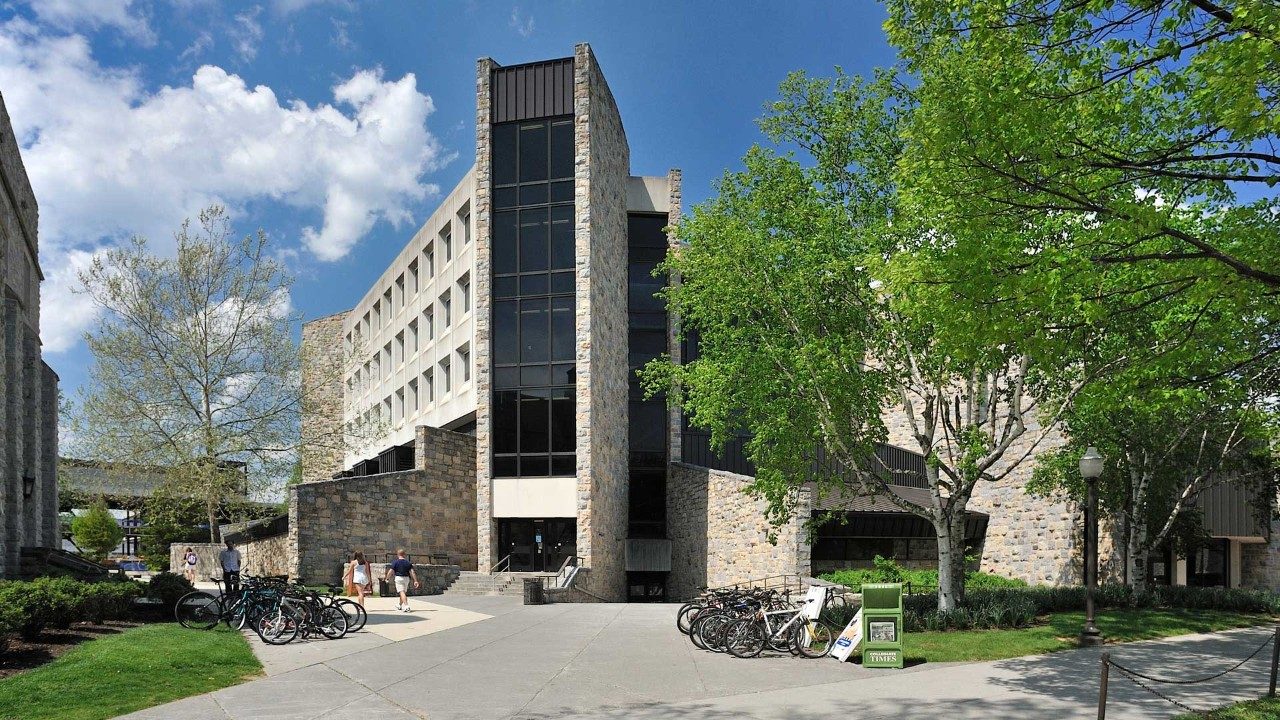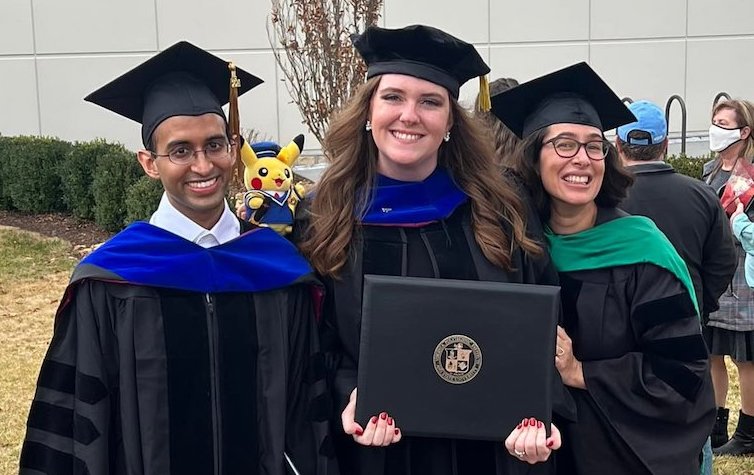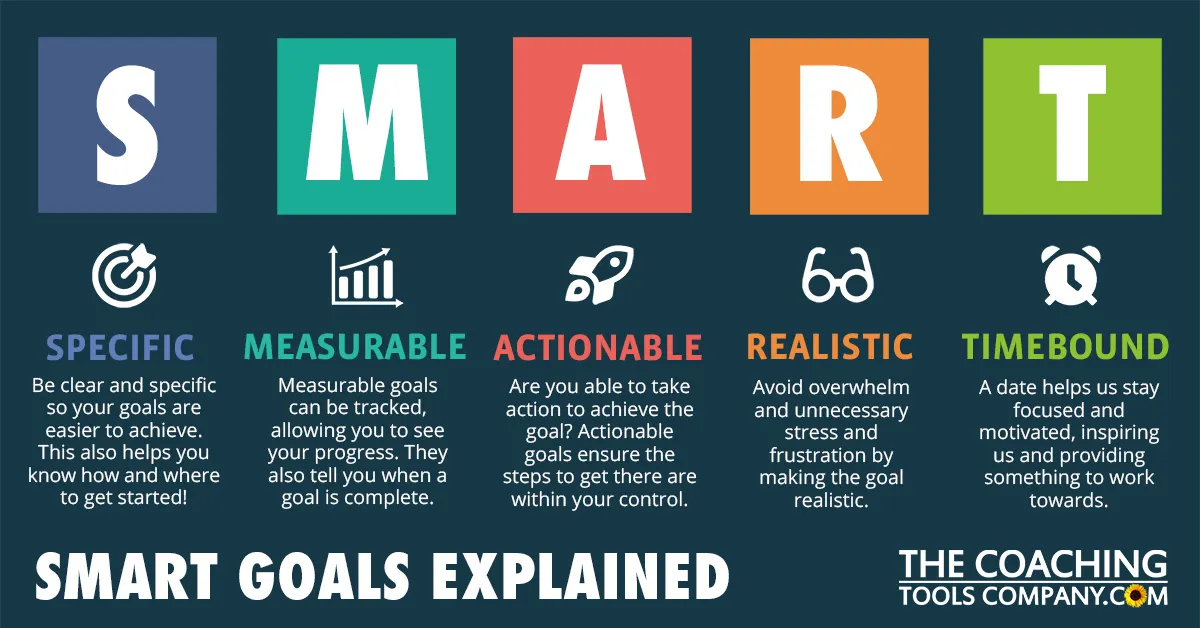There comes a time in every graduate students’ journey when they have to make a couple of transitions: from solving problems that have known solutions, like those in coursework and homework, to solve problems that haven’t been solved yet in independent research. Later, we make another shift from working on problems that our advisor(s) helped us choose to having to design our own research agenda as post-docs and tenure-track professors (or even industry researchers). This all sounds really daunting, so we led an SGTA seminar about it. Here are the key takeaways if you were unable to attend.
When you’re working on research, how do you know where to start? Faculty suggested several things. First, conduct a literature review. This means conducting an integrated analysis of what’s out there related to your topic – what connections does your problem have to other work? What has already been done, and what’s missing? Of course, your advisor is a great first point of contact for papers to read. Beyond that, MathSciNet is an excellent resource where scientific papers are reviewed for their content and impact. Here’s what Dr. Orr says.
“A well-written review can give a lot of context and perspective on a paper and, importantly, it can be much easier to read than the actual paper. Often when I have an idea for a problem relating to something specific from a published paper, I check the list of citations for that paper to make sure what I have in mind hasn’t been done (or to get further ideas).”
When working on your problem, it’s tempting to sit at your desk stuck and staring into the middle distance, hoping that inspiration will strike. However, there are lots of active ways to engage in research that can help get you unstuck. Here’s what faculty recommended.
- Try to pinpoint where the difficulty of the problem lies. Often, turning a place you are stuck into a specific counterexample can help illuminate the boundaries of a particular condition.
- Create examples (or find them). Dr. Morrison gave some excellent advice: “ Calculate, calculate, calculate. Students don’t break out the pen & paper (or computer algebra system) soon enough. You need to believe your theorem is true before you can find a proof of it, and unless your theorem is a (trivial) consequence of other work.You should spend some time convincing yourself it’s true. Or maybe you don’t know what to believe, but you do have questions – in that case, examples are your friend again. Calculate, calculate, calculate. And if you don’t have the question? You should be reading more (and calculating as you do – convince yourself the paper’s theorem is true via examples. Believe it, then work on understanding the proof). Then ask questions, then calculate, then prove!”
- Take a break. Your mind keeps working while you are resting, and it’s nearly impossible to be creative at work if you’re neglecting your basic needs for down-time.
Another important part of becoming a researcher is developing a disposition of intellectual curiosity. Faculty recommended going to as many conferences, workshops, and seminars as you can. Here’s what Dr. Matthews says.
“Listening to talks given by the same people over time gives a window into how research programs develop and how people chip away at big problems or develop new strategies.Talk to other grad students studying similar topics about their research. Even if you don’t understand the details, you can see how they approach problems, ask questions, and deal with setbacks.”
Finally, we compiled some general advice from the online blogs of working mathematicians outside the department:
- “I read a lot, often in fields unrelated to my own, and my best ideas often come when something I have read reminds me of something I already know about . . . So, read widely, keep your mind active, keep your antennae out. When they report something interesting, pounce . . . Chance favors the prepared mind.” Ian Stewart, author of Letters to a Young Mathematician.
- “Use the Feynman method: You have to keep a dozen of your favorite problems constantly present in your mind, although by and large they will lay in a dormant state. Every time you hear or read a new trick or a new result, test it against each of your twelve problems to see whether it helps. Every once in a while there will be a hit, and people will say, “How did he do it? He must be a genius!” Gian Carlo Rota
- Develop a bag of tricks and work to understand their limitations. You’ll find that many mathematicians solve their problems using the same five or six tools and variations. Pay attention to what your “tricks” are and where they may be limiting your progress. Terrence Tao
We hope this is helpful as you make the leap from graduate student to working mathematician.



